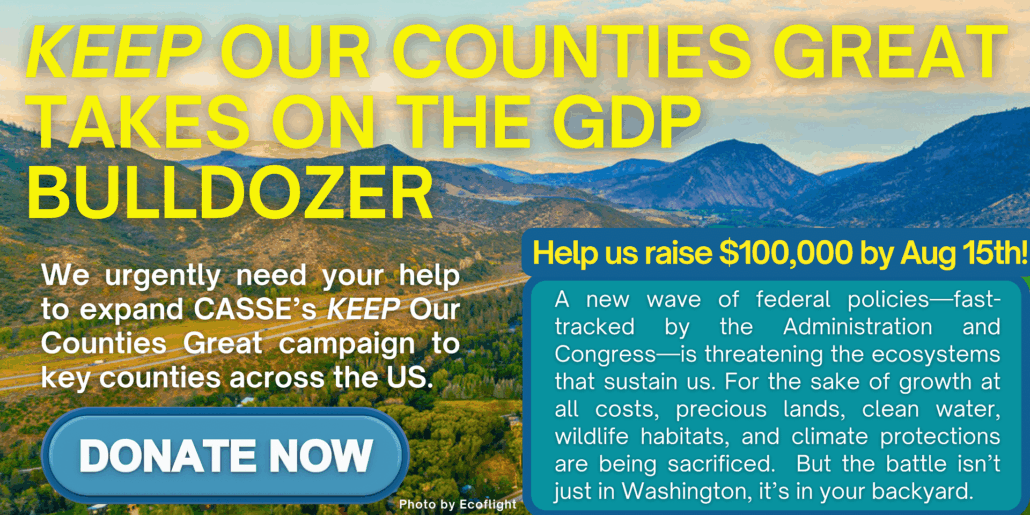Testing to see if this is getting deleted
Testing to see if this is getting deleted
Testing to see if this is getting deleted
Testing to see if this is getting deleted
Testing to see if this is getting deleted
Testing to see if this is getting deleted
Testing to see if this is getting deleted
Heading 1 Test
Testing to see if this is getting deleted
Heading 3 test
Testing to see if this is getting deleted
Testing to see if this is getting deleted
Testing to see if this is getting deleted
Testing to see if this is getting deleted
Testing to see if this is getting deleted
Testing to see if this is getting deleted
Testing to see if this is getting deleted
Testing to see if this is getting deleted
Testing to see if this is getting deleted
Testing to see if this is getting deleted
Testing to see if this is getting deleted
Testing to see if this is getting deleted
Testing to see if this is getting deleted
Testing to see if this is getting deleted
Testing to see if this is getting deleted
Testing to see if this is getting deleted
Testing to see if this is getting deleted
Testing to see if this is getting deleted
Testing to see if this is getting deleted
Testing to see if this is getting deleted
Testing to see if this is getting deleted
